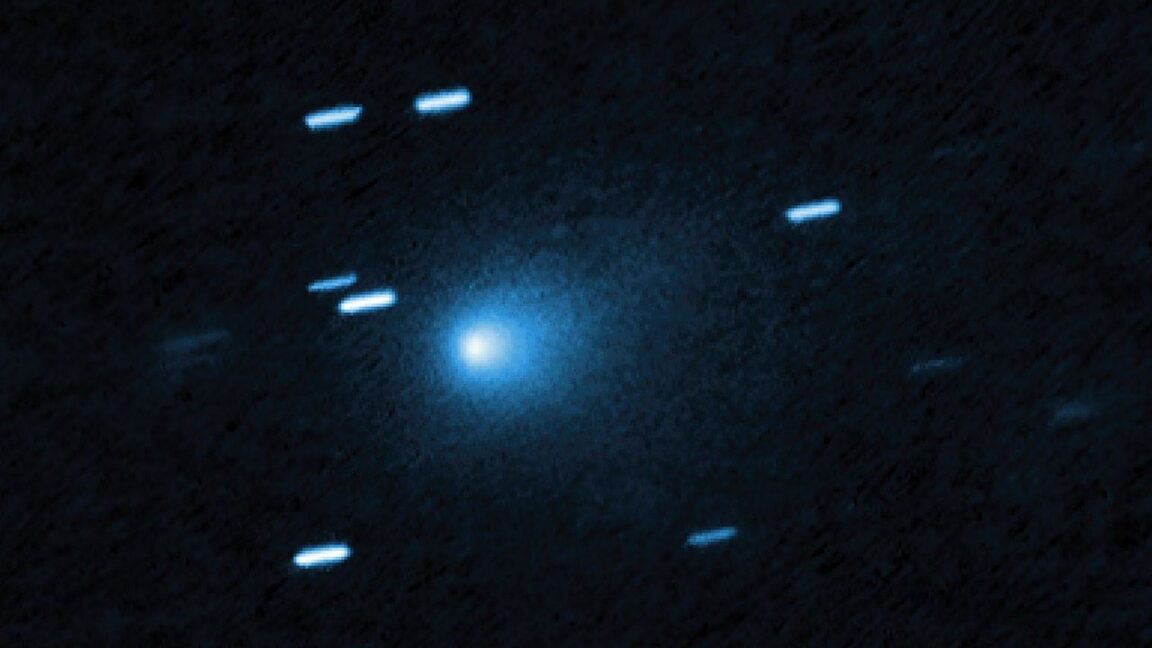
"A few days ago, an inscrutable interstellar interloper made its closest approach to Mars, where a fleet of international spacecraft seek to unravel the red planet's ancient mysteries. Several of the probes encircling Mars took a break from their usual activities and turned their cameras toward space to catch a glimpse of an object named 3I/ATLAS, a rogue comet that arrived in our Solar System from interstellar space and is now barreling toward perihelion-its closest approach to the Sun-at the end of this month."
"This is the third interstellar object astronomers have detected within our Solar System, following 1I/ʻOumuamua and 2I/Borisov discovered in 2017 and 2019. Scientists think interstellar objects routinely transit among the planets, but telescopes have only recently had the ability to find one. For example, the telescope that discovered Oumuamua only came online in 2010. Detectable but still unreachable Astronomers first reported observations of 3I/ATLAS on July 1, just four months before reaching its deepest penetration into the Solar System."
"Unfortunately for astronomers, the particulars of this object's trajectory will bring it to perihelion when the Earth is on the opposite side of the Sun. The nearest 3I/ATLAS will come to Earth is about 170 million miles (270 million kilometers) in December, eliminating any chance for high-resolution imaging. The viewing geometry also means the Sun's glare will block all direct views of the comet from Earth until next month."
Interstellar object 3I/ATLAS passed through the inner Solar System and made its closest approach to Mars while heading toward perihelion. Several Mars orbiters and the Perseverance rover turned instruments toward the object as it passed less than 20 million miles from Mars. Detection occurred on July 1, four months before perihelion, but the comet's trajectory places Earth on the opposite side of the Sun during perihelion, making the closest Earth approach about 170 million miles in December. Solar glare and geometry prevent high-resolution imaging from Earth before next month, while JWST captured the best views so far.
Read at Ars Technica
Unable to calculate read time
Collection
[
|
...
]